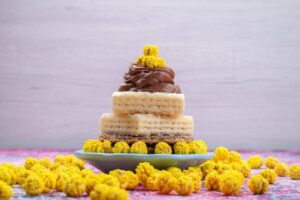The Food Blog
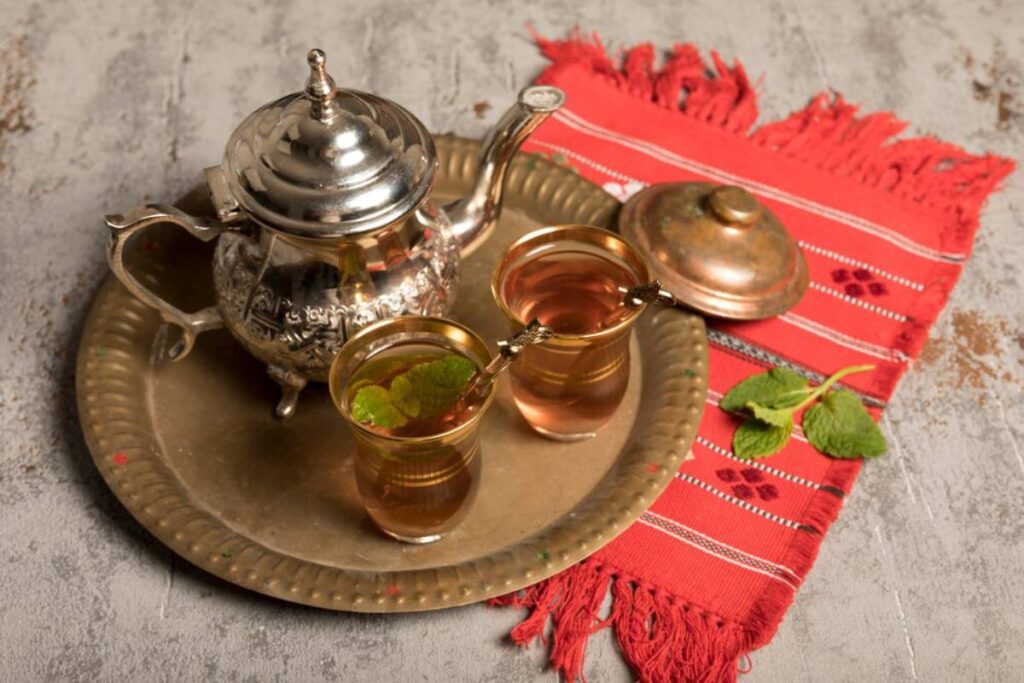
The History of Tea: How Different Cultures Brew the Perfect Cup
The spice trade transformed the world, generating economies, cultures, and cuisines. The search for exotic flavours opened new continents, built empires, and mixed culinary styles.
Next time you sprinkle cinnamon on your oatmeal or add pepper to your steak, remember how these once-rare spices changed history. Unearth the fascinating tale of spice by diving into recipes from the regions that once ruled the spice trade.
In this guide, you’ll explore the fascinating history of tea, how different cultures have refined the art of brewing, and how their unique techniques continue to influence modern tea culture.
The Origins of Tea: From Ancient China to Global Expansion
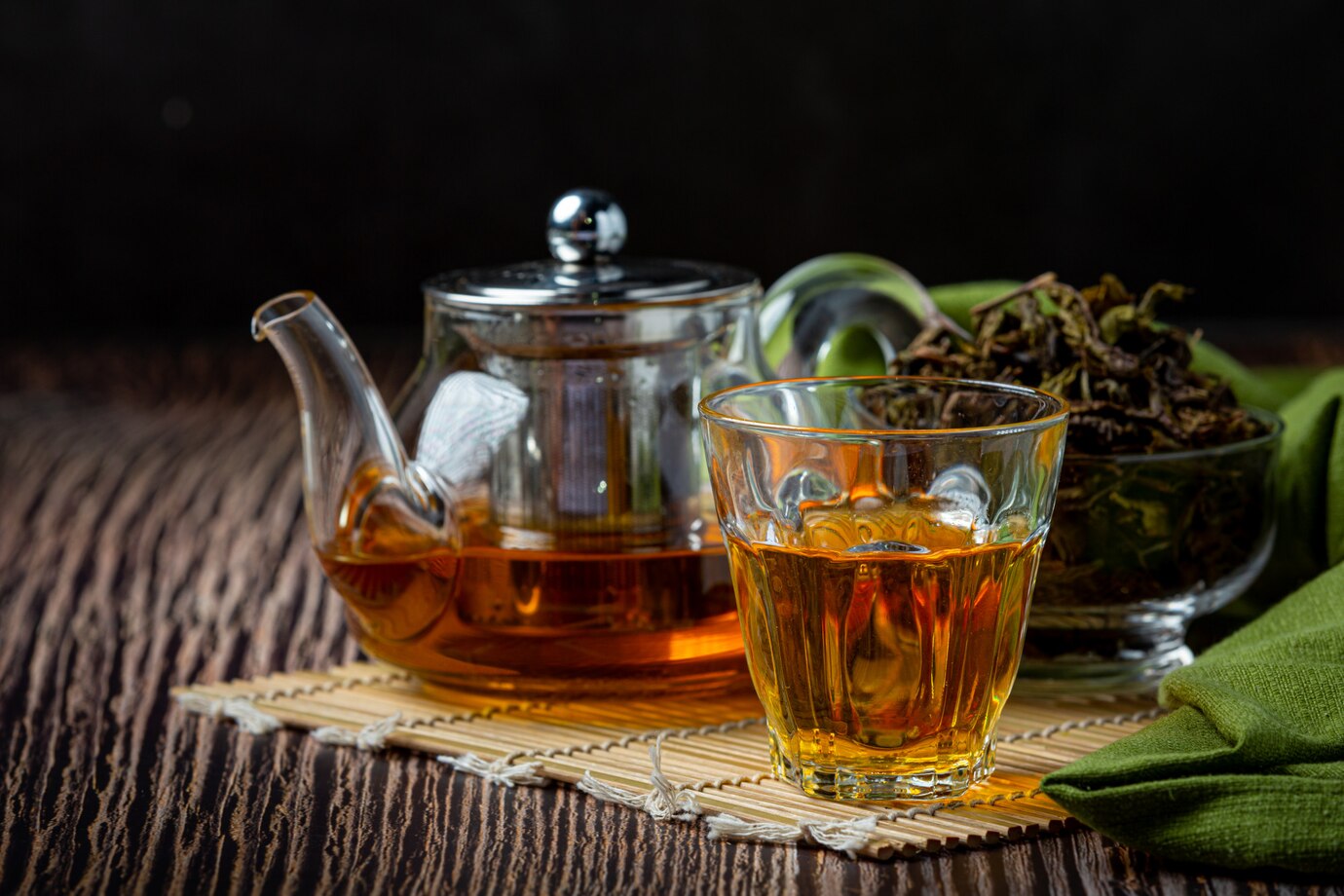
1. The Discovery of Tea in Ancient China
Tea’s origins can be traced back to ancient China, where legend credits its discovery to Emperor Shen Nong around 2737 BCE. According to the tale, leaves from a wild tea plant accidentally fell into the emperor’s boiling water, creating an aromatic infusion and changing the landscape of cooking.
By the Tang Dynasty (618–907 CE), tea drinking had become widespread in China, and the practice was elevated to an art form. The Chinese poet Lu Yu wrote the famous Cha Jing (The Classic of Tea), the first book detailing tea cultivation, preparation, and etiquette.
Early Chinese Tea Styles:
- Loose leaf tea: The earliest form, enjoyed by brewing dried leaves in hot water.
- Powdered tea: The Tang and Song Dynasties made whisked tea popular. This tea came from ground leaves and was a precursor to Japanese matcha.
- Pressed tea cakes: Tea leaves were compressed into bricks for easier transport and trade, particularly along the Silk Road.
2. The Spread of Tea to Other Cultures
As trade routes expanded, tea made its way from China to other parts of Asia, the Middle East, and eventually Europe.
Tea’s Journey Around the World:
- Japan: Buddhist monks brought tea seeds from China to Japan around 805 CE, giving rise to the Japanese tea ceremony.
- The Middle East: By the 9th century, Arab traders introduced tea to the Persian Empire, where it became a popular beverage.
- Europe: Portuguese and Dutch traders brought tea to Europe in the 1600s, where it became a luxury item.
- England: Tea gained popularity in Britain during the 17th century. It became a favourite after Catherine of Braganza, King Charles II’s Portuguese wife, brought it to the royal court.
Cultural Tea Traditions Around the World
1. Chinese Tea Culture: The Birthplace of Tea
Tea is deeply woven into Chinese history and philosophy, with each region boasting its own unique brewing methods.
Key Chinese Tea Traditions:
- Gongfu Tea Ceremony: This detailed ritual uses small teapots for brewing. It involves multiple infusions to bring out the leaves full flavor.
Varieties of Chinese Tea:
- Green tea: Light and grassy, with delicate flavours.
- Oolong tea: Partially oxidised, offering a complex balance of floral and fruity notes.
- Pu-erh tea: A fermented tea with earthy, rich undertones.
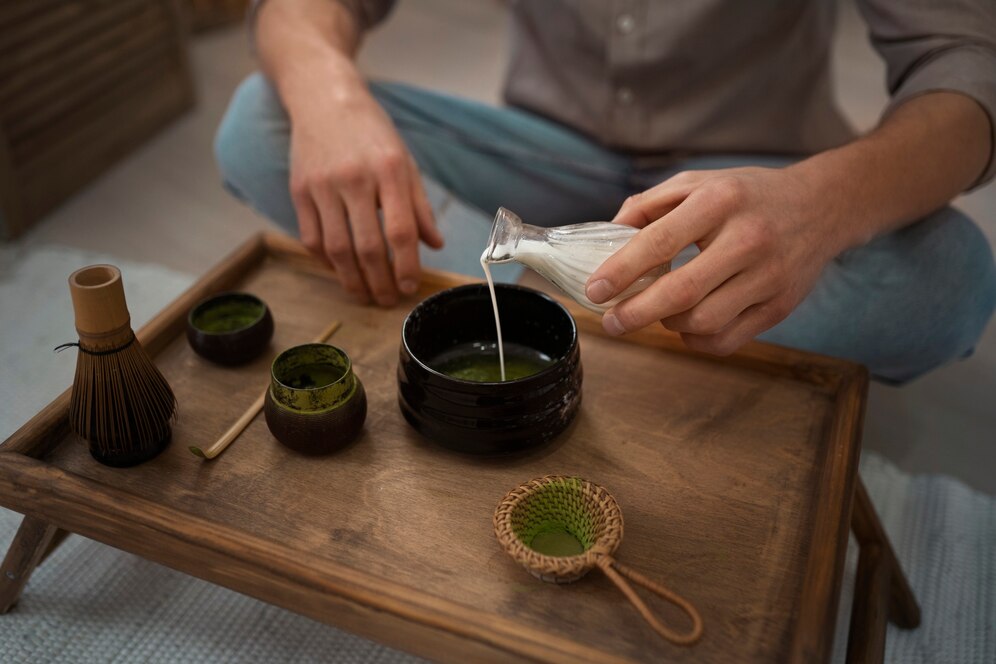
2. Japanese Tea Ceremony: The Art of Precision
In Japan, tea is more than just a drink—it is a ceremonial art form rooted in Zen philosophy.
Key Elements of the Japanese Tea Ceremony:
- Matcha Preparation: Finely ground green tea powder is whisked with hot water in a bowl, creating a frothy, vibrant green drink.
- Chado (The Way of Tea): This ceremony focuses on harmony, respect, purity, and tranquillity. Participants move gracefully and with purpose.
- Seasonal Influence: The ceremony shows seasonal themes. It uses different utensils and decorations each time of year.
3. Indian Chai: Bold and Spiced
Tea is an integral part of Indian culture, known as chai, which is a robust brew infused with aromatic spices and sweetened with milk and sugar.
How Indian Chai Is Made:
- Base Tea: Strong Assam or Darjeeling black tea.
- Spices (Masala): A blend of cardamom, cinnamon, ginger, cloves, and black pepper, giving the tea its signature warmth.
- Brewing Style: Chai is typically boiled with milk and sweetener to create a rich, creamy beverage.
4. British Afternoon Tea: A Symbol of Elegance
The British have loved tea for ages. They turned this passion into a social event called afternoon tea.
The Tradition of Afternoon Tea:
- Introduced in the 1840s by Anna, the Duchess of Bedford, afternoon tea became a fashionable event.
- Served with finger sandwiches, scones, and pastries, it was a leisurely affair enjoyed by the upper class.
Teas of Choice:
- Earl Grey: Black tea infused with bergamot oil.
- English Breakfast: A robust blend of Assam, Ceylon, and Kenyan teas.
- Darjeeling: Known as the “champagne of teas” for its floral, muscatel flavour.
5. Moroccan Mint Tea: A Symbol of Hospitality
In Morocco, tea is more than a beverage—it is a symbol of hospitality and friendship.
The Moroccan Mint Tea Tradition:
- Green tea base: Usually gunpowder green tea, known for its bold flavour.
- Fresh mint and sugar: Steeped with fresh mint leaves and sweetened with sugar.
- Tea pouring ritual: The tea is poured from a height into small glasses, creating a frothy top, a hallmark of proper preparation.
6. Russian Samovar Tea: A Social Tradition
In Russia, tea drinking is a social custom often enjoyed over long conversations.
Key Elements of Russian Tea Culture:
- Samovar Brewing: Tea is brewed in a samovar, a large metal urn with a chimney keeping the water hot for hours.
- Zavarka is a strong tea made in a small teapot. You dilute it with hot water from the samovar.
- Pairings: Served with jam, honey, or lemon, often accompanied by pastries or sweets.
The Modern Tea Renaissance
1. The Rise of Specialty Teas
Today, tea culture is experiencing a renaissance, with a growing interest in artisanal and rare teas.
Trends in Modern Tea Culture:
- Single-origin teas: Like wine, tea lovers look for teas from certain estates and areas.
- Herbal and wellness teas are popular. Blends with ginger, turmeric, and chamomile offer great health benefits.
- Tea pairings: Just like wine, fine teas now go well with cheeses, chocolates, and meals.
Conclusion: A Timeless Brew That Unites the World
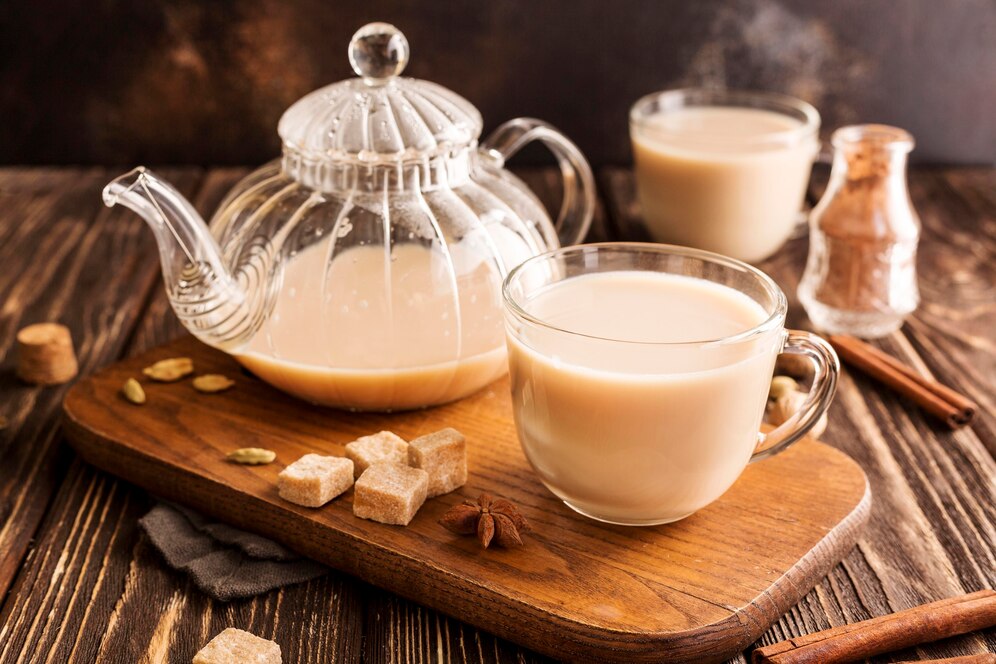
The story of tea is a rich tapestry of cultural connections and rituals. Tea brings together worlds, from the old tea ceremonies of China to the lively chai traditions of India. Britain’s elegant afternoon tea elevates the experience, wrapping it in sophistication. Each sip tells a tale of customs shaped by this delightful drink. Tea has transcended borders, creating bonds that steep communities in warmth and flavour.
The next time you savour a soothing cup of tea, pause. Relish the deep-rooted heritage woven into every aromatic sip. Journey through diverse tea styles from every corner of the globe. Discover an enchanting array of flavours and brewing techniques perfected over centuries. Indeed, tea is the elixir that brings people and cultures together, uniting hearts across continents.






